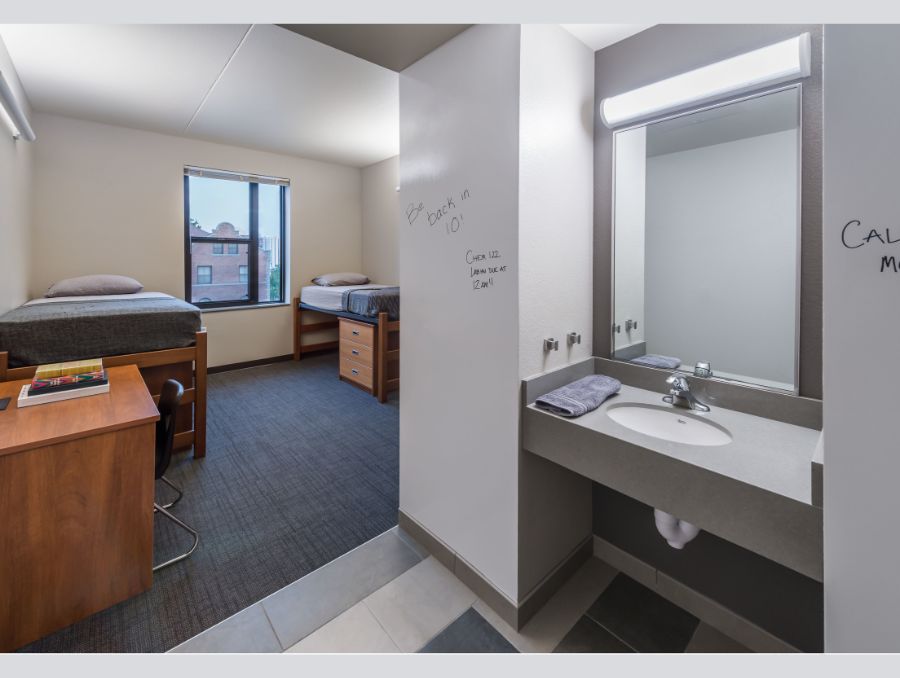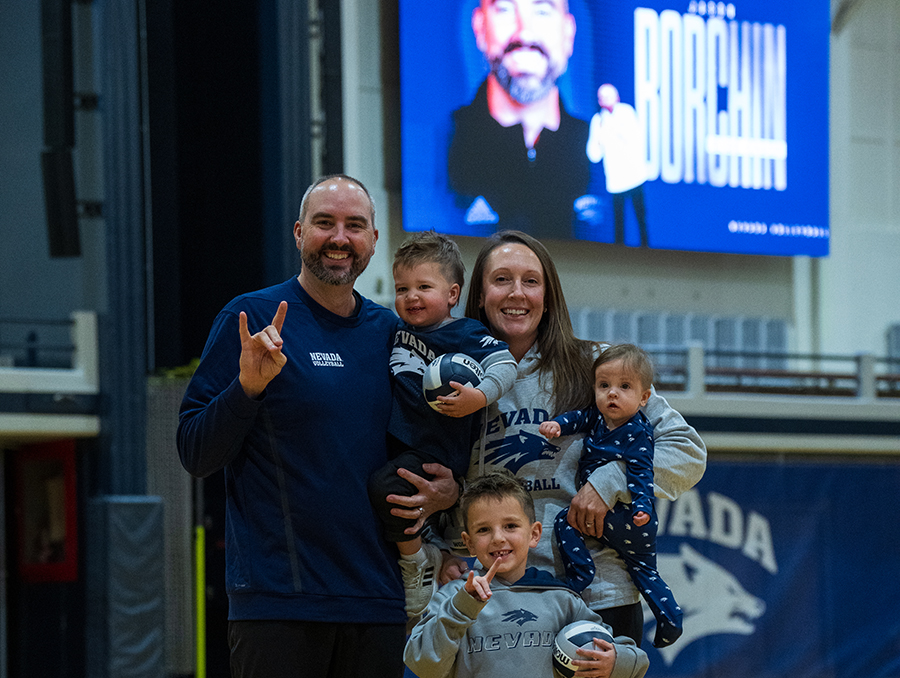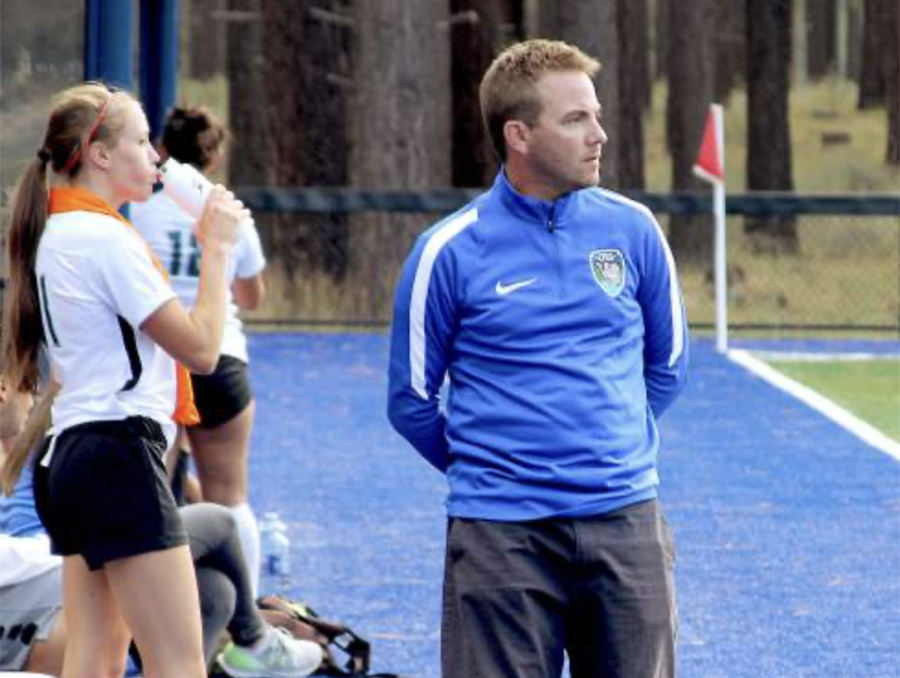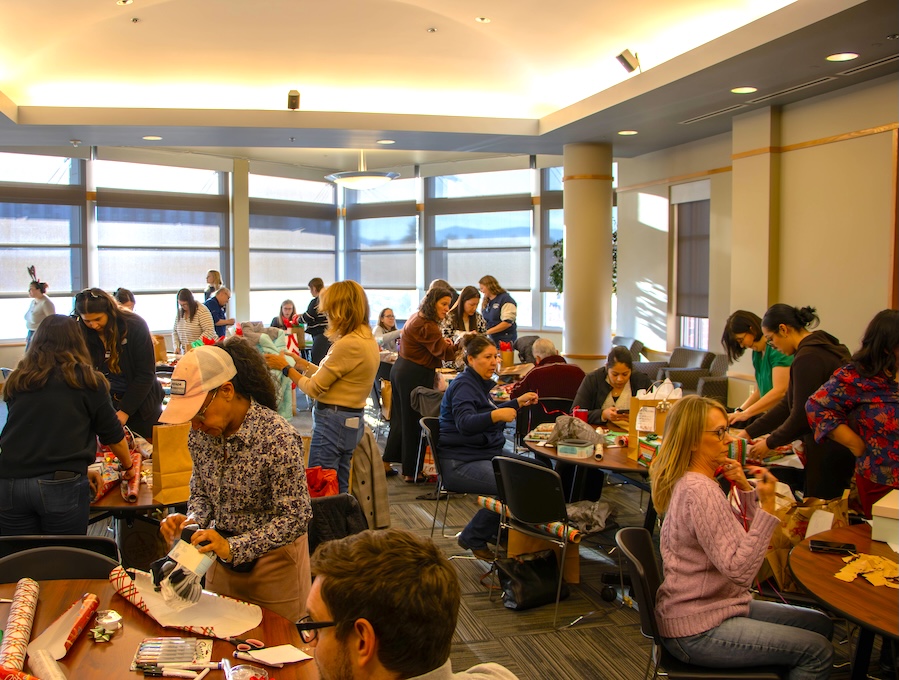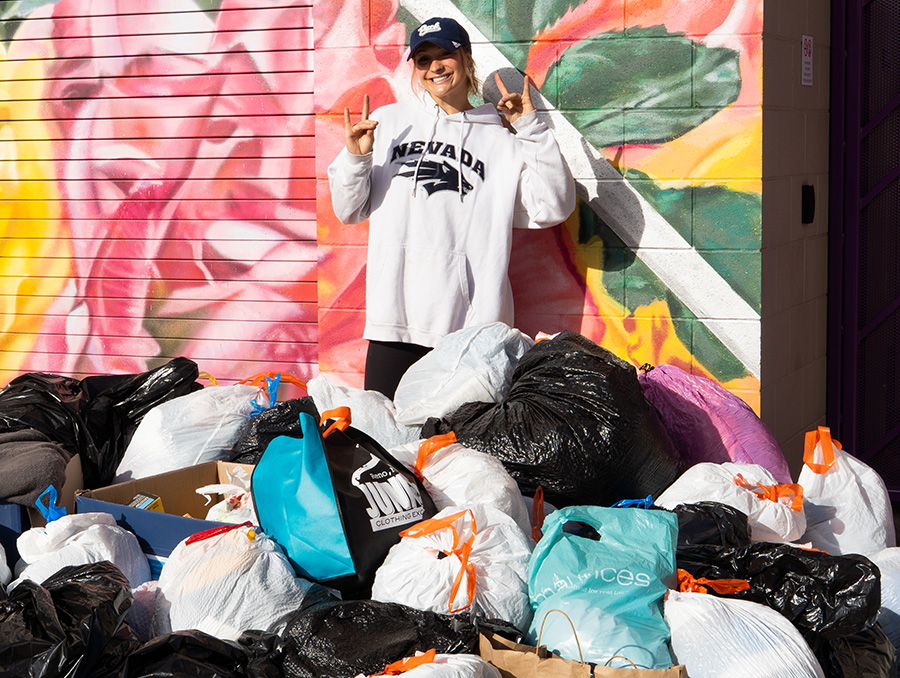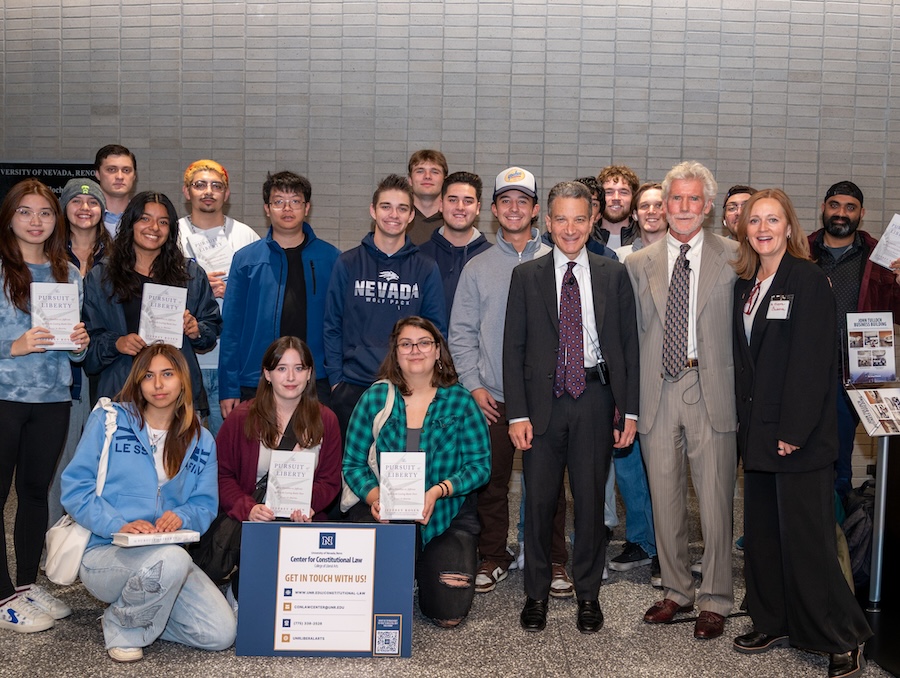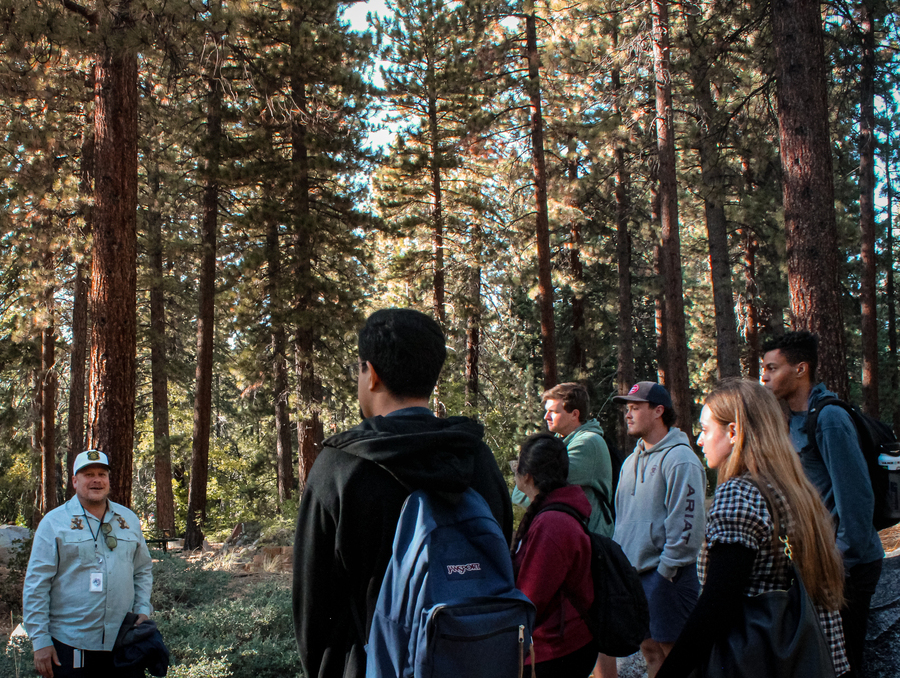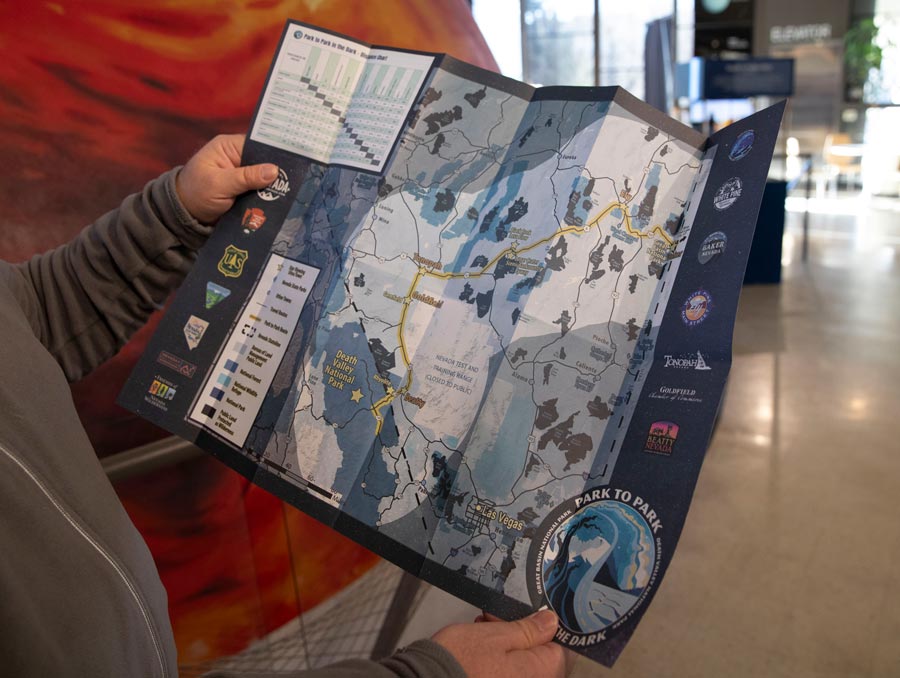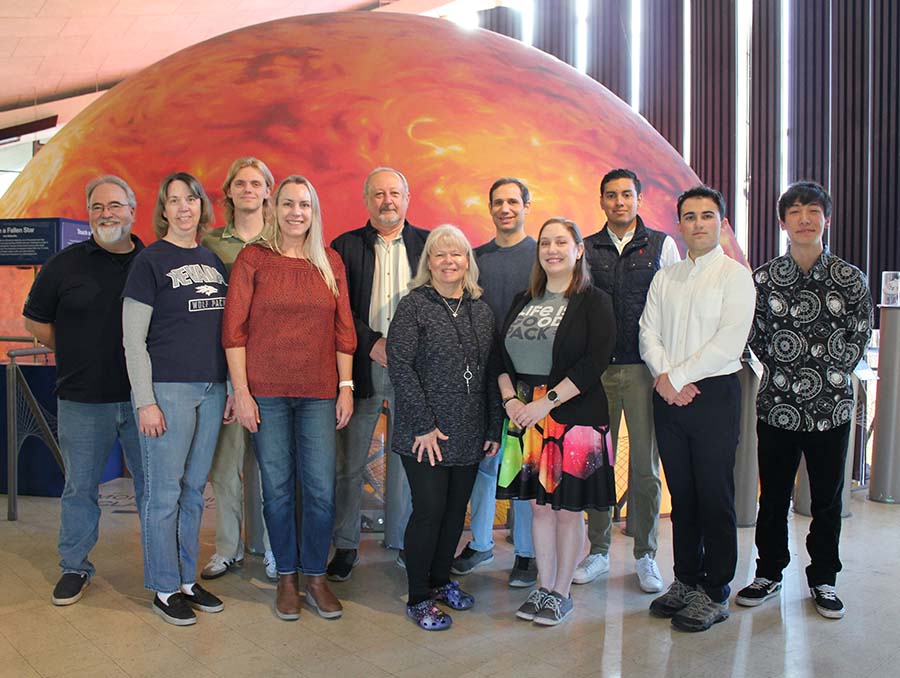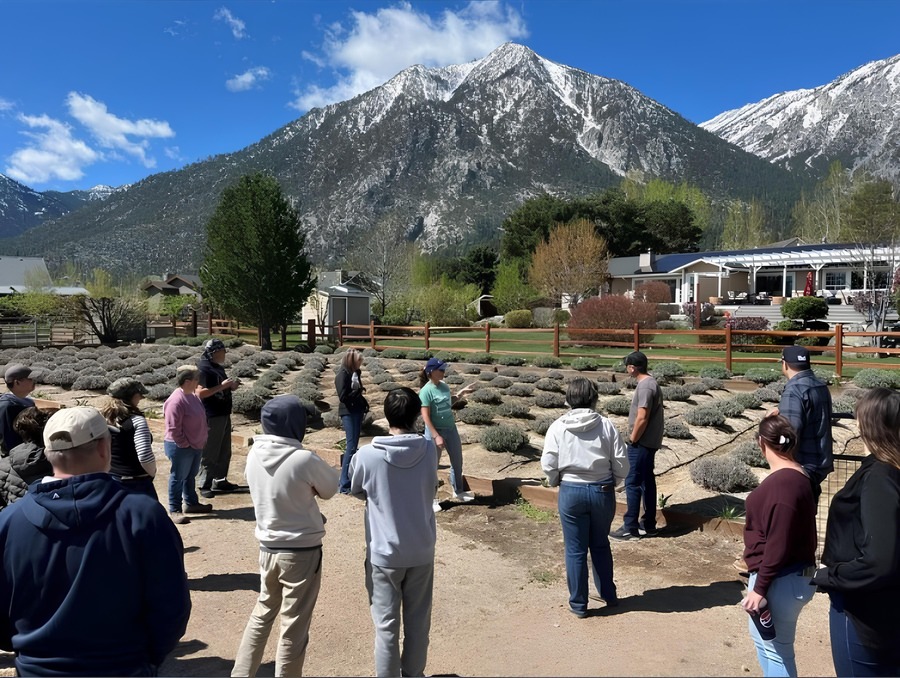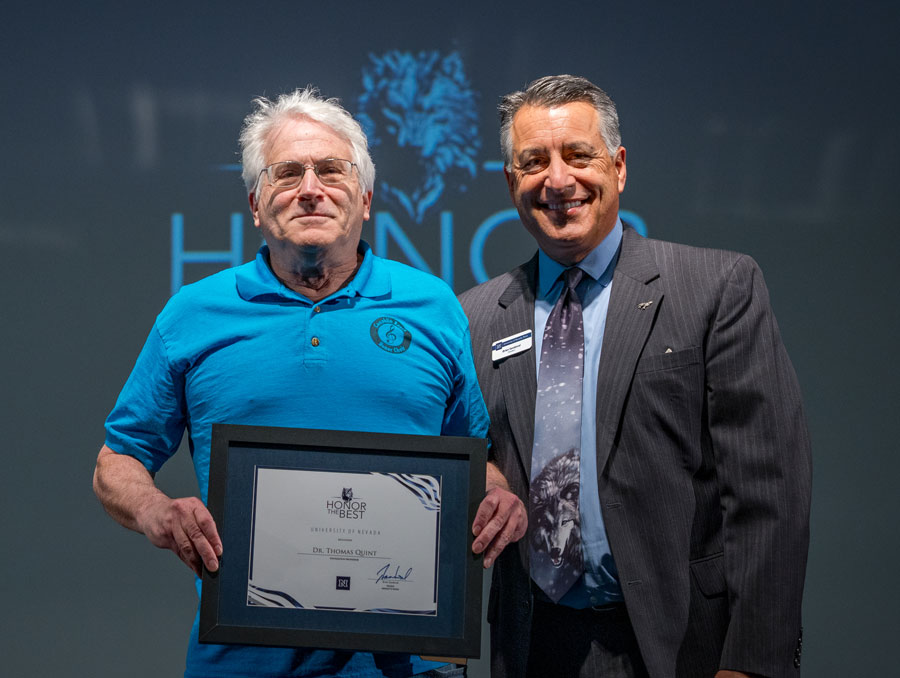Students moving into the residence halls this fall should double check the packing list before moving as they may have forgotten essential items or accidentally packed too much.
Every residence hall is equipped with a dresser, bed, desk, chair and wardrobe already. Not having to worry about bringing furniture will allow students to focus on necessities such as clothes and bedding. While additional storage may be useful for some; it can quickly take up real estate in a small space.
Electrical appliances often get overlooked. Students should think about daily food or drink items they can’t live without. Consider bringing coffee makers, blenders, rice cookers, or any appliance that might be personally important.
“It’s all about the convenience of making students feel more comfortable,” said Dean Kennedy, executive director of Residential Life, Housing and Food Services (RLHFS).
“I wish I bought a fridge with a freezer my freshman year. It seems silly, but I really missed not being able to have fruit to make smoothies or keep some microwaveable meals when I was tired of the dining hall,” said Morgan Kilbourne, incoming junior and resident assistant for Nevada Living-Learning Community Residence Hall (NLLC).
As for decorations, Kennedy recommends items that make students feel at home, including posters, photos or art. Stay away from tapestries, Kennedy added, as they can be denied for fire safety reasons. For wall hangings, use command strips to avoid any damage costs when students move out of the residence hall.
When it comes to feeling at home, students have devised creative ways to bring their beloved family pets with them.
“I brought a pillow with a picture of my childhood cat,” said Kinslee Stake, incoming sophomore. Decorations such as stuffed animals have become a new trend over the last few years.
“I brought a stuffed animal dog that used to belong to my mom and stepdad. We couldn't have pets growing up, so that dog acted as our pet. It was comforting to look at and remember being home,” Kilbourne added.
While every residence hall is different, space can be limited. Kennedy recommends students coordinate with roommates before moving in. Having an early conversation will help save space and prevent miscommunication.
“Do you [and your roommate(s)] both need a mini fridge? Probably not. If you can have those conversations ahead of time, it just makes the move-in experience a lot easier and helps reduce anxiety when you show up,” Kennedy said.
The good news is, if items are forgotten, Walmart and Target are near the University, or residents can order from Amazon and have items delivered straight to the residence halls.
There is no need to overthink the move-in process, and to help the Residential Life, Housing and Food Services website features a move-in checklist and an inquiry form that gets answered by the experts directly.
Coordinating is often the most forgotten part. Communicate with the people helping with move-in such as family and friends before the day comes.
“I think there's expectations within families - expectations of what somebody else is going to do or say, so have those conversations early,” said Kennedy.
When having these conversations don’t forget to account for the whole move-in weekend.
“Some families may want to stay in Reno and hang out. They are welcome to do so, there will be things on campus for them to do. Others might have to return to work early. Each family knows what works best for them. Communicate and have a plan,” Kennedy said.
Move-in is a good time for students and their families to make connections. While students meet their roommates and connect with peers, family members will have a chance to engage with the university staff and explore the campus.
How students, businesses and community members can help
Local businesses and community members also volunteer during the move-in to help students get items to their rooms. Volunteers include alumni, faculty and staff, and current students from clubs and organizations such as Fraternity and Sorority Life.
For incoming students who are not moving into a residence hall, volunteering is a great way to stay involved and experience the excitement of move-in, while connecting with peers and the campus community.
To support the move-in connections, all registered volunteers will receive a meal ticket for Pack Place, the all-you-care-to-eat dining hall on campus. Emails to sign up were sent out late July or folks can visit the Residential Life, Housing, and Food Services website.
“Some of the best conversations happen over shared meals,” Kennedy said. “It’s a built-in way to meet people and settle in.”
Move-in isn't just about what students bring; it’s the beginning of the college experience. Make the most of it by staying open-minded and taking small steps to get connected.
